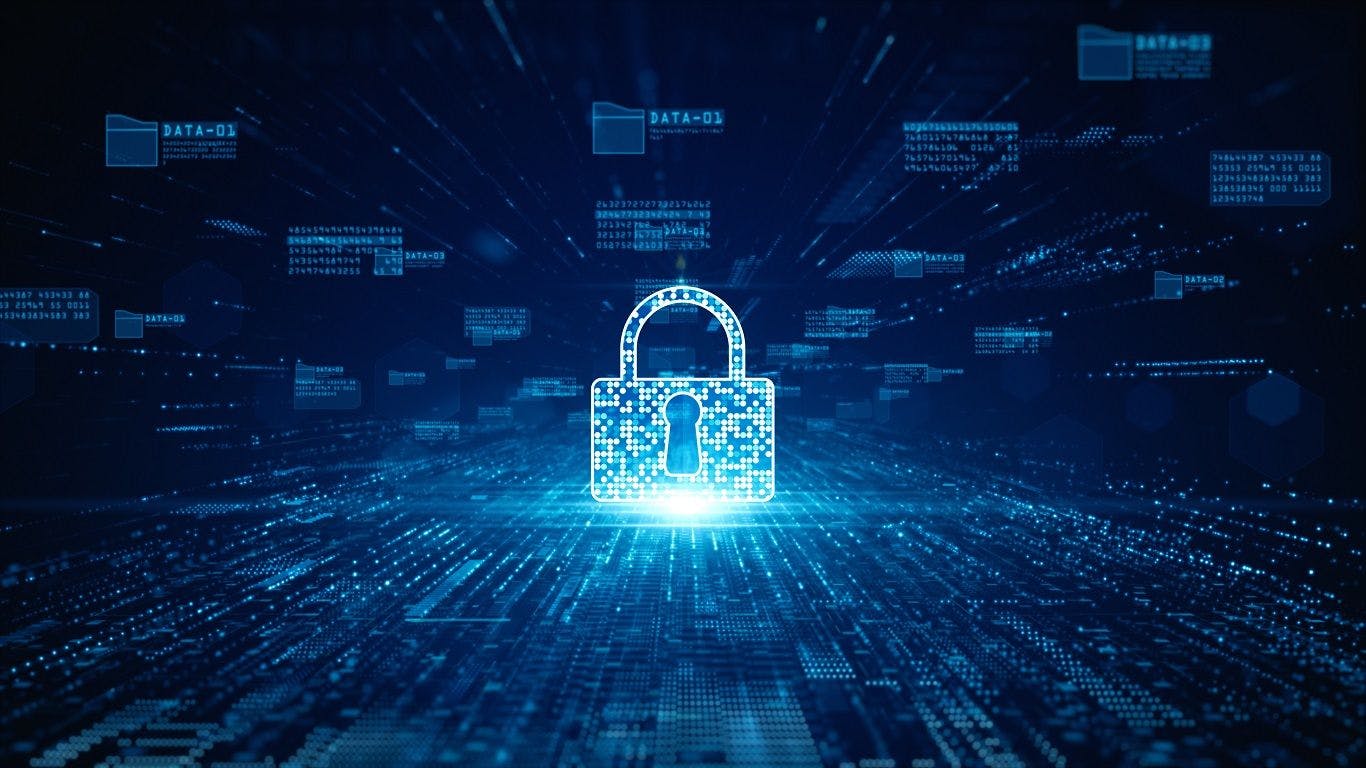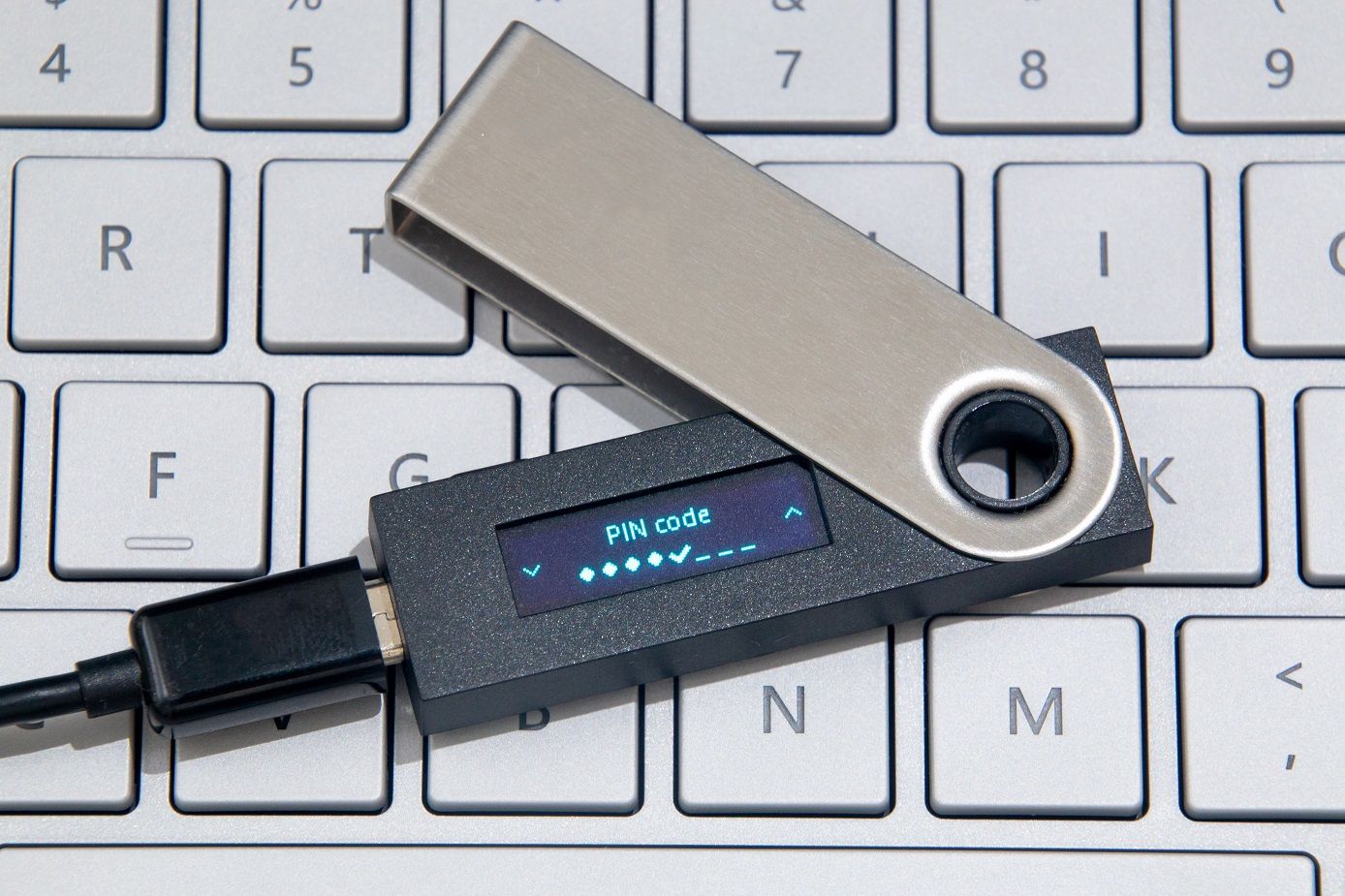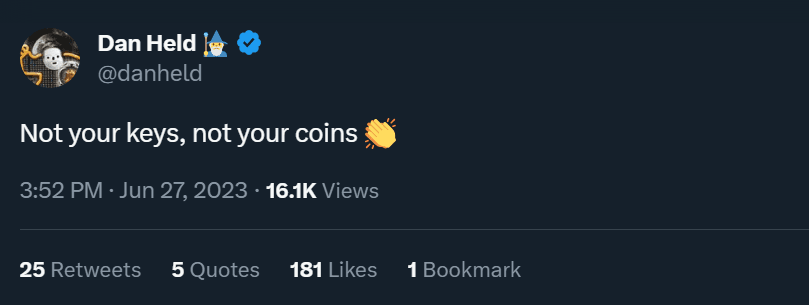
What are Threshold Signatures and How Do They Boost Security and Usability?
4 Jul 2023

4 Jul 2023
Threshold Signatures represent an important part of the crypto industry’s move toward tighter security for cryptocurrency assets. They’re also an integral part of Gridlock Wallet’s vision to provide a “security meets convenience” wallet experience.
Today we explain what Threshold Signatures are and how they meet the criteria for both a higher level of security and a better UX for crypto holders. To start, let’s briefly touch on digital signatures for crypto assets to better understand the role of Threshold Signatures.
In order to hold and use a digital asset such as Bitcoin, Ethereum, or an NFT, each user needs to establish a digital signature to ensure only they can access and make transactions with their crypto holdings.
When opening a crypto wallet, an algorithm will provide the user with an encrypted code that represents proof of wallet ownership and enables the user to initiate transactions.
Earlier wallet systems for assets such as Bitcoin and Ethereum have used the Elliptic Curve Digital Signature Algorithm (ECDSA). The algorithm consists of a two-part encryption system for generating exclusive access to the crypto you own.
The code that generates from the ECDSA is split into two parts:
Source: Wikiversity
Essentially, digital signatures ensure that the only way to sign transactions involving your crypto is to have knowledge of your private keys. The 2-part system also enables a public key to your wallet that can be shared with anyone because it is like a one-way street:
The entire digital signature protocol in the world of crypto has relied on one major premise: You must never lose your private keys.
Even though we have many ways to store private keys, most involve a lot of risk:

The main problem with all of these private key storage solutions is that if you want to self custody your assets and lose the private key, you lose access to your crypto. Poof!
Crypto exchanges and other platforms have tried to help this problem by providing crypto custody. Basically, when you deposit into an exchange, they hold and own the private keys.
In the case of FTX, and more recently, all US exchanges, high levels of liquidity risk and regulatory risk have come into play. If a crypto entity is shut down, and they hold the private keys, you have no recourse to getting your assets back.

Source: @danheld on Twitter
Industry leaders have been developing better systems of issuing digital signatures for two reasons:
Gridlock Wallet uses Threshold Signature technology to remove the complexity barrier while empowering crypto owners with a safer way to sign transactions.
As a type of digital signature, Threshold Signatures require multiple parties to sign off on a transaction; but none of the parties have access to the private key information.
Threshold signature scheme (TSS) is the combination of distributed key generation (DKG) and distributed digital signatures. With Gridlock, for instance, the original private keys don’t have to be stored online, offline, or on a flimsy piece of paper. They are generated using multiple devices and transactions are digitally signed using some combination of key shares.
Multi-Party Computation (MPC) technology allows wallets like Gridlock to split the private key into shards, or key shares. With MPC wallets, multiple parties can work together to help process a blockchain-based transaction without having knowledge of the transaction details or access to the private keys.
Wallet owners enjoy a reduced risk of loss or theft when making transactions using an MPC wallet and Threshold Signatures. The private keys are distributed across multiple parties or Guardians, which the user can choose.
While each party can help sign transactions with their private key share, none of them can access the full private key alone. Only the wallet owner can initiate crypto withdrawals out of an MPC wallet. When they move to make a transaction, 2 or 3 out of the key share holders must simply be online for the transaction to be signed.
In essence, it is not possible to lose the private keys because no one person has the entire seed phrase. For each transaction to go through, only a few of the multiple devices with key shares need to be online. It’s easy for the wallet user, and safer than storing your private keys.
At Gridlock, Threshold Signature Scheme (TSS) technology is used to enable a certain percentage of key share owners to be online for digitally signing transactions. Because the private key is split into shards, the private key is safe at all times, empowering the crypto holder to self custody their assets with ease and peace of mind.
If you’re interested in learning more, visit our blog to learn about:
Download Gridlock Wallet today to experience high-level security for your self-custodied crypto assets.
- - -
Written by Mason Winsed

Mason Winsed simplifies blockchain for the people. With a comp-sci background and a passion for crypto safety, he's your go-to for straight-forward crypto wisdom. In his off time, he's coding or gaming. Join Mason for a no-nonsense crypto talk.